Anellie Manolas and Susan Abeles talk about sourcing, transparency, and collecting versus selling.
Jewelry specialists Anellie Manolas and Susan Abeles met while working at Bonhams in 2012. Describing themselves as “kindred spirits,” they share the same passion for researching pieces in-depth. During the Covid-19 pandemic, Manolas, who had recently moved from Hong Kong to the west coast, started to build a collection of rare estate jewels. Castello & Rossi was born, and she invited Abeles to join the project. The two thoughtfully purchase jewels, which they showcase on the castellorossi.com site, Instagram, and trade platform The Jewelers Circle. Here, they discuss how they approach sourcing and selling one-off pieces.
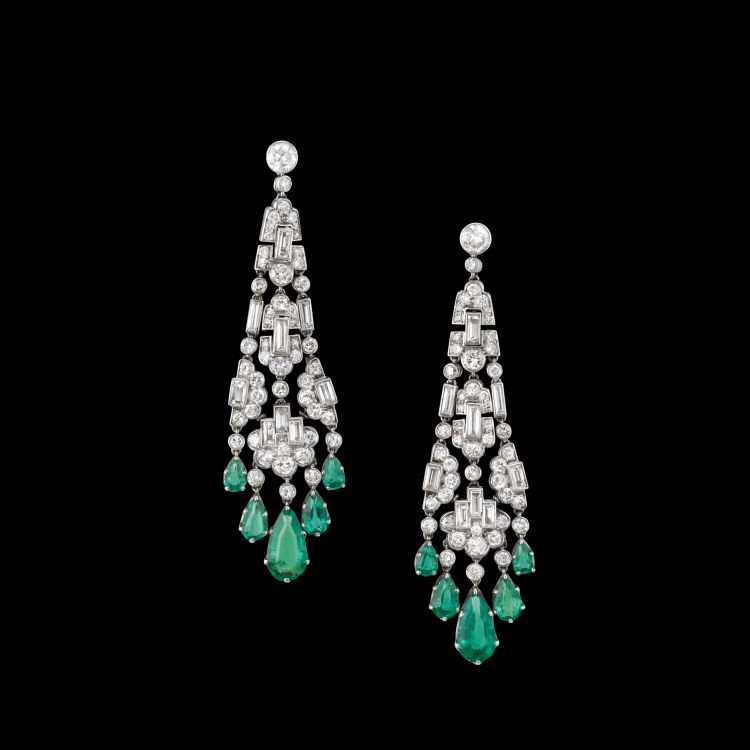
How do you work together?
Abeles: The thing that unites us is that we’re really driven by identifying the piece, whether it be its history, provenance, any type of reference. Anellie has an amazing eye; she is a hawk and can find anything. And I love the fact that we share this. We see the importance in every single piece of jewelry. We have very much a curator lens when we look at something, but we also have respect for the person who sat down and designed it — or the group of people that designed it — and where it comes from and where it sits historically.
In the busy high-end vintage-jeweler environment, how do you differentiate yourselves?
Manolas: For Castello & Rossi, we’re playing a long game. We’re not looking to turn over jewelry frequently. We’re not looking to purchase jewelry quickly. We slowly add to our collection of pieces that we think are worthwhile adding, and we’re not looking to make quick sales. I really think that probably differentiates us from the greater dealer market and places us a little bit more in the collectors’ bucket rather than the dealers’ bucket, although obviously we do sell the pieces that we buy.

How do you source your collection?
Manolas: We are very transparent about our processes. We like to take our clients along with us on that journey so that they understand how and why we acquire pieces. We are very happy to talk about the fact that we buy jewels at auction — something that traditionally dealers are not comfortable being forward about. They don’t want people to know where they purchase their jewels. But the reality is that the market that we live in today is very savvy, and our clients can easily hop online and see where something has come from. And we’re really not afraid of that. We have a great respect for the auction industry, for our peers. We see great value in buying at auction.



Main image: A selection of jewels inspired by Greece and the Ottoman Empire, shot for Castello & Rossi’s Origin Stories photoshoot. (Anna Pogossova)

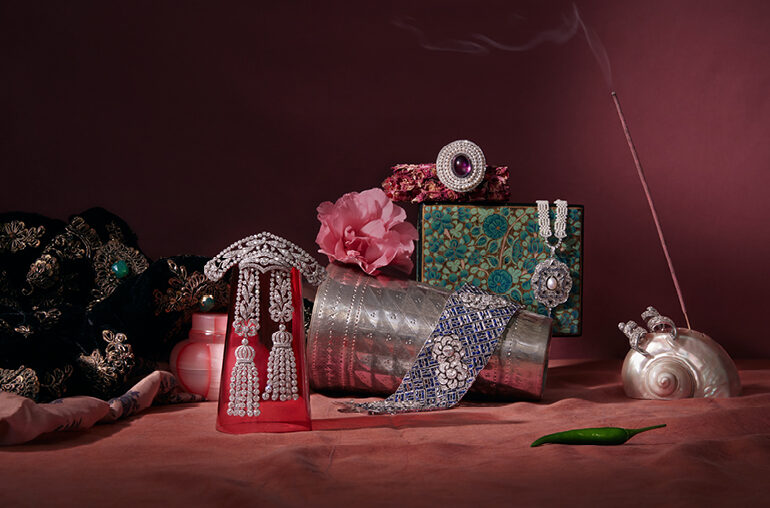
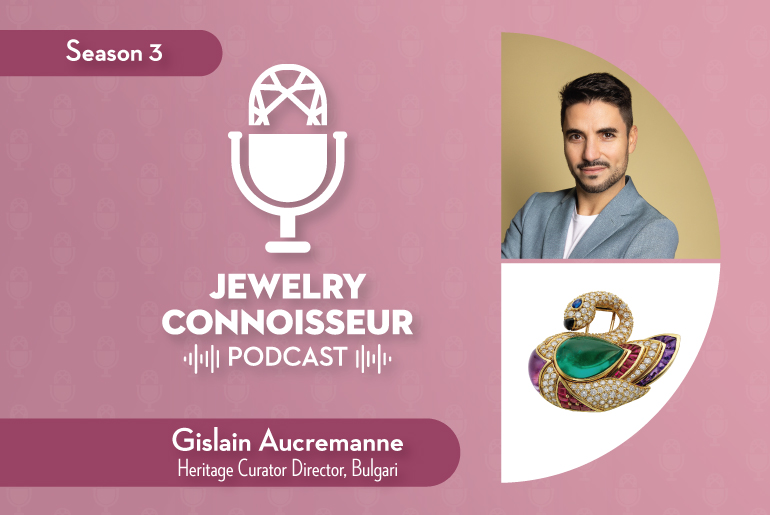
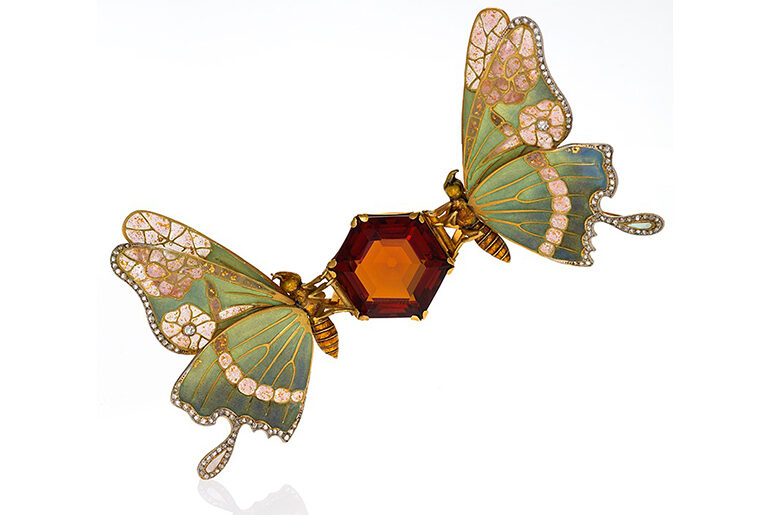
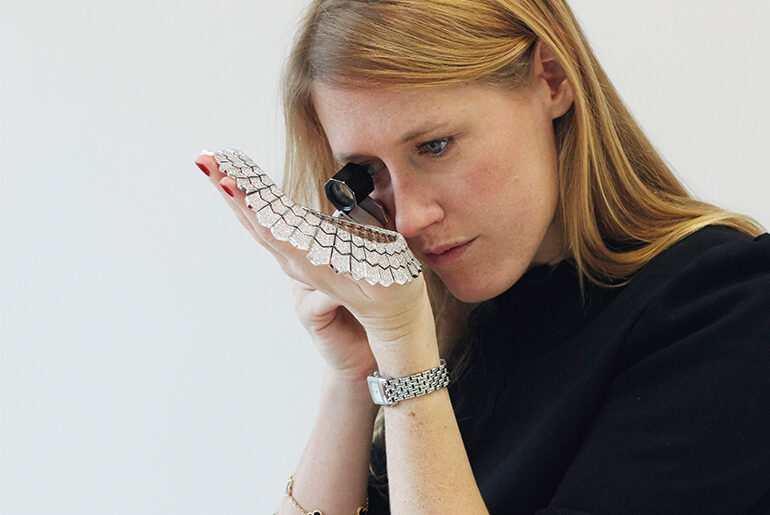
Comments are closed.